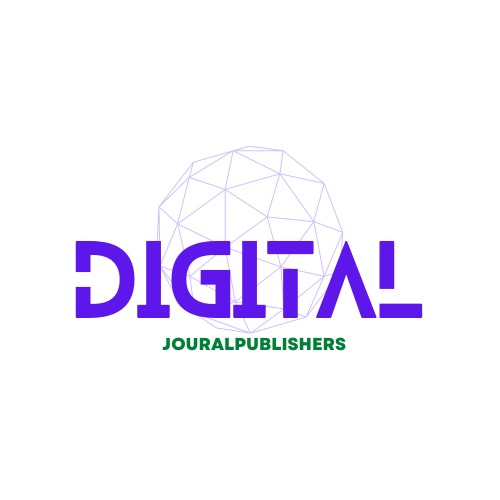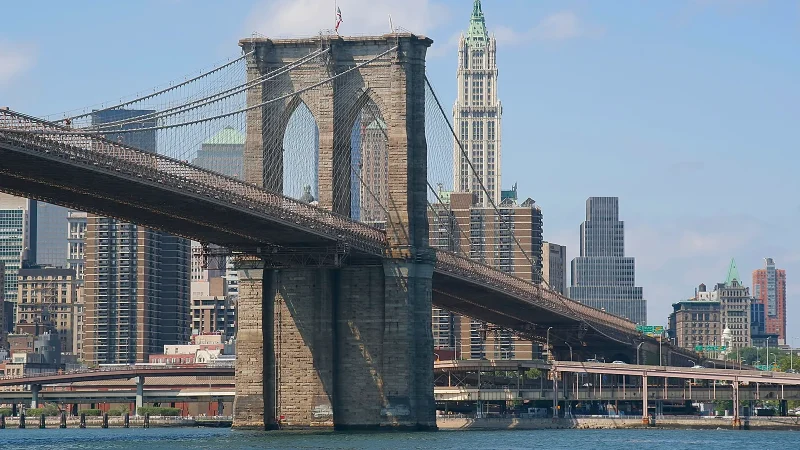A Celestial Duel: Miyake Event vs. Carrington Event – Unveiling the Power of Solar Storms

The universe, with its vastness and complexity, occasionally showers Earth with celestial phenomena that captivate both scientists and enthusiasts alike. Among these cosmic events, solar storms hold a special place, and two significant occurrences have left an indelible mark on the pages of history – the Miyake Event and the Carrington Event. These powerful solar storms have not only fascinated astronomers but have also raised concerns about their potential impact on our technology-dependent world.
Understanding Solar Storms:
Before delving into the specifics of the Miyake Event and the Carrington Event, it’s essential to grasp the nature of solar storms. These phenomena are eruptions on the Sun’s surface that release enormous amounts of energy, predominantly in the form of solar flares and coronal mass ejections (CMEs). When these charged particles reach Earth, they interact with the planet’s magnetic field, potentially causing disruptions in electronic systems and power grids.
The Carrington Event:
The Carrington Event, named after the British astronomer Richard Carrington who observed and documented it in 1859, stands as one of the most powerful solar storms in recorded history. On September 1–2, 1859, a massive solar flare erupted, followed by a CME that reached Earth in just 17.6 hours. The impact of this event was unprecedented, with auroras visible as far south as the Caribbean and telegraph systems worldwide experiencing disruptions and even setting telegraph paper on fire.
During the Carrington Event, the Earth’s magnetosphere experienced a severe shock, leading to geomagnetic storms. The event’s intensity was so high that if a similar storm were to occur today, it could potentially cripple modern technology, causing widespread communication failures and disrupting power grids.
The Miyake Event:
Fast forward to the 21st century, and we encounter the Miyake Event, a more recent solar storm that occurred in 2012. Unlike the Carrington Event, the Miyake Event was not as globally impactful, but it had its own unique characteristics. The Miyake Event was identified through the examination of tree rings, specifically those of Japanese cedar trees.
Researchers discovered an increase in carbon-14 levels in the tree rings corresponding to the year 2012. Carbon-14 is a radioactive isotope produced when cosmic rays interact with nitrogen in the Earth’s atmosphere. The sudden spike in carbon-14 levels pointed towards an increase in cosmic rays reaching Earth, suggesting a significant solar event.
While the Miyake Event did not cause any technological disruptions or widespread auroras, it served as a reminder that solar storms are not confined to the pages of history. This event raised questions about the potential impact of future solar storms on our increasingly interconnected and technologically dependent society.
Comparing the Two Events:
In comparing the Carrington Event and the Miyake Event, several key differences emerge. The Carrington Event was a colossal solar storm with immediate and far-reaching effects, while the Miyake Event, although substantial, did not have a direct impact on technology or power grids. The geographical scope of the two events also differed, with the Carrington Event causing auroras visible in tropical regions, an occurrence not observed during the Miyake Event.
One significant similarity between the two events is their ability to generate geomagnetic disturbances. Both events led to disruptions in the Earth’s magnetosphere, causing geomagnetic storms that have the potential to affect communication systems and power grids.
Implications for Modern Society:
In an era where technology permeates every aspect of our lives, the potential consequences of a solar storm similar to the Carrington Event are a cause for concern. Our reliance on electronic systems, communication networks, and power grids makes us vulnerable to the effects of powerful solar storms. Space agencies and researchers worldwide are actively studying these phenomena to better understand their characteristics and develop strategies to mitigate their impact.
Preparedness and Mitigation:
Efforts to mitigate the impact of solar storms include early warning systems that monitor the Sun’s activity and predict the likelihood of significant events. Space weather forecasting has become crucial in providing advance notice to spacecraft operators, power grid operators, and other industries susceptible to geomagnetic disturbances.
Additionally, advancements in technology have allowed for the development of resilient infrastructure capable of withstanding the effects of solar storms. Hardening power grids, improving satellite shielding, and implementing backup systems are among the strategies employed to reduce the vulnerability of critical infrastructure.
Conclusion:
The Miyake Event and the Carrington Event serve as poignant reminders of the immense power that the Sun wields over our planet. While the Carrington Event remains the benchmark for solar storms with its global impact, the Miyake Event highlights that such events are not confined to the past. As our reliance on technology continues to grow, understanding and preparing for the potential consequences of solar storms become imperative. The delicate balance between the marvels of the cosmos and the fragility of our technological civilization is a testament to the ongoing dialogue between humanity and the universe.
-
What is the Carrington Event?
The Carrington Event refers to a powerful solar storm that occurred in 1859, named after the British astronomer Richard Carrington who observed it. It involved a massive solar flare and a subsequent coronal mass ejection (CME) that impacted Earth’s magnetosphere, causing widespread disruptions in telegraph systems and visible auroras as far south as the Caribbean.
-
What distinguishes the Miyake Event from the Carrington Event?
The Miyake Event, occurring in 2012, is a more recent solar storm identified through the analysis of tree rings. Unlike the Carrington Event, it did not cause immediate technological disruptions or widespread auroras. However, the Miyake Event raised concerns about the potential impact of future solar storms on our technologically dependent society.
-
How was the Miyake Event detected?
The Miyake Event was detected through the examination of Japanese cedar tree rings. An increase in carbon-14 levels in the tree rings corresponding to 2012 suggested a surge in cosmic rays, indicating a significant solar event. This method provided valuable insights into historical solar activity.
-
Did the Miyake Event have global consequences like the Carrington Event?
No, the Miyake Event did not have global consequences like the Carrington Event. While it indicated increased solar activity, it did not lead to widespread disruptions in technology or power grids. The geographical impact of the Miyake Event was more limited compared to the Carrington Event.
-
How did the Carrington Event affect technology in 1859?
The Carrington Event had a profound impact on telegraph systems in 1859. Telegraph operators reported malfunctions, sparks, and even fires caused by induced electric currents. If a similar event were to occur today, it could potentially disrupt modern technology, including communication systems and power grids.
-
What are the potential consequences of a solar storm on modern society?
Modern society is highly dependent on technology, and a powerful solar storm, similar to the Carrington Event, could have severe consequences. Disruptions in communication systems, power grids, and satellite operations are among the potential impacts. Efforts are underway to develop strategies for mitigating these risks.
-
How are we preparing for potential solar storms?
Preparation involves space weather forecasting to monitor the Sun’s activity and predict the likelihood of significant events. Additionally, there are ongoing efforts to develop resilient infrastructure, including the hardening of power grids, improving satellite shielding, and implementing backup systems to reduce vulnerability.
-
What is geomagnetic disturbance, and how did it play a role in both events?
Geomagnetic disturbance occurs when charged particles from solar storms interact with Earth’s magnetosphere. Both the Carrington Event and the Miyake Event led to geomagnetic storms, impacting the Earth’s magnetic field. This disturbance is a key factor in potential disruptions to communication systems and power grids.
-
Are there early warning systems for solar storms?
Yes, there are early warning systems that monitor solar activity and provide forecasts for potential solar storms. These systems are crucial for alerting spacecraft operators, power grid operators, and other industries susceptible to geomagnetic disturbances, allowing them to take preventive measures.
-
What lessons can we learn from the Miyake and Carrington Events?
The Miyake and Carrington Events underscore the importance of understanding and preparing for the potential consequences of solar storms. Lessons include the need for robust space weather forecasting, resilient infrastructure, and international collaboration to address the challenges posed by these celestial phenomena.






